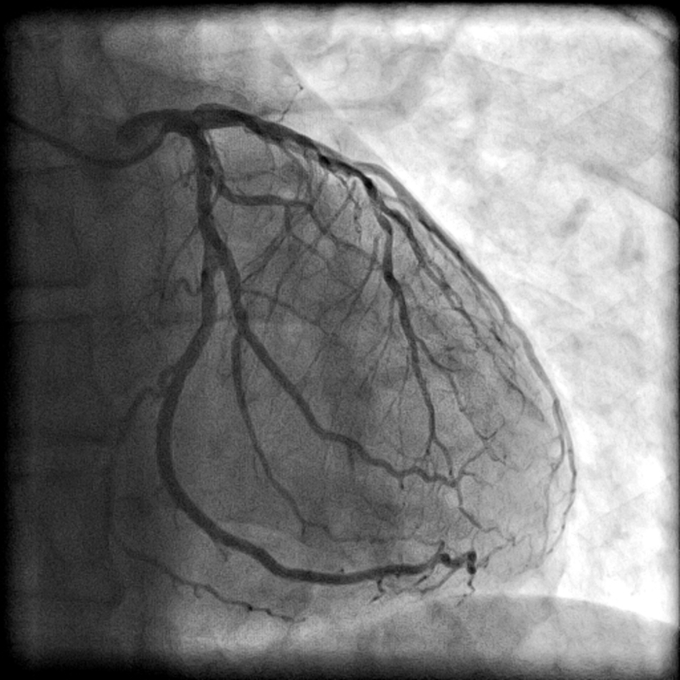Angiogram/Cardiac Catheterization
Overview
An angiogram/cardiac catheterization is a diagnostic procedure that provides detailed X-ray pictures of the heart and its blood vessels in children and adults. An angiogram will show whether:
- Blood flow to the heart is being restricted by blockages – This finding lets the doctor know if symptoms aren't related to the heart.
- Arteries to the heart are narrowed or blocked, and the exact location, size, and shape of any blockages – This information will allow the doctor to develop an appropriate treatment plan.
This procedure involves a catheter (a small, flexible tube) inserted into the femoral artery in the groin or the radial artery at the wrist, then guided through the arteries to the heart. A special contrast dye is injected into the catheter and the coronary arteries and heart, enabling an X-ray camera to record digital images of the heart and its arteries.
Stories of Hope and Recovery
John McLaughlin felt twinges in his chest and went to an interventional cardiologist who recommended a stress test, then a cardiac catheterization to determine the severity of his heart condition.
